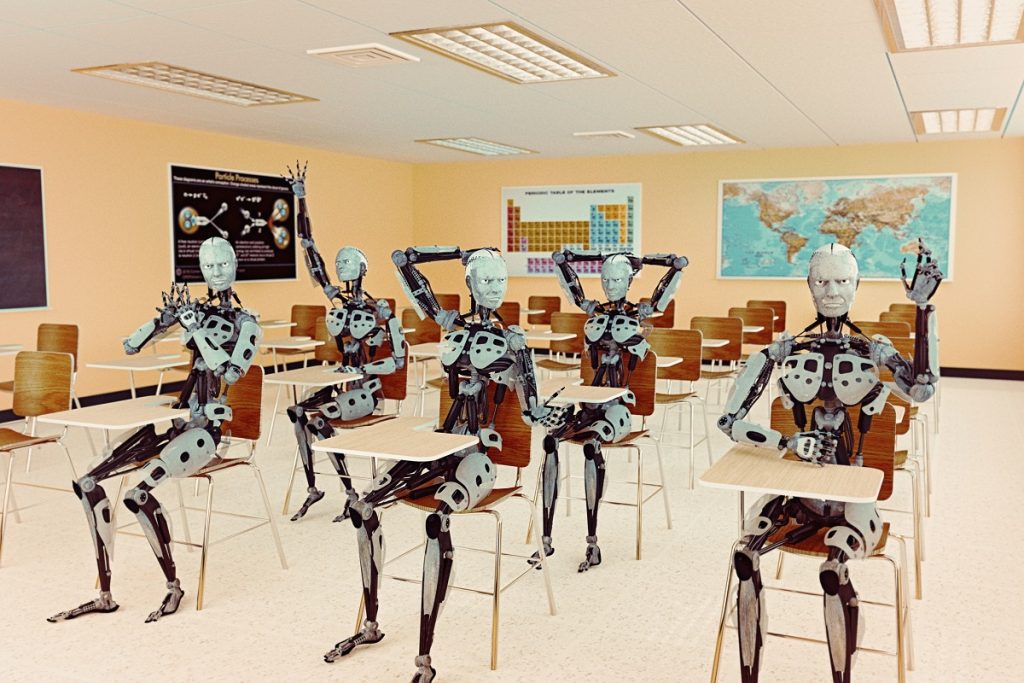Concerned about the rising number of absentee students in the Kumamoto school district, officials in Kumamoto, Japan, are exploring an unconventional solution.
In response to a growing attendance issue in the Kumamoto school district, officials have proposed an intriguing solution involving telepresence robots. According to The Mainichi, a Japanese newspaper, the district has significantly deteriorated student attendance over the past few years. Therefore, the district plans to introduce telepresence robots that will enable certain students to attend classes remotely.
These rolling robots are equipped with a wheeled base and a long stem attached to a tablet. Students will control the robot’s movements from their homes, allowing them to navigate the school environment virtually and interact with their peers and teachers through video chat during school hours. This innovative approach enables students to attend class and provides them with the freedom to move and communicate at their own pace, potentially lowering the mental barriers truant students face.
The attendance issue in the Kumamoto district is a cause for concern, with a reported 2,760 elementary and junior high school students not attending classes in the 2022 academic year. This number has been steadily increasing since 2018 when the absentee count was significantly lower at 1,283 students. To combat this problem, the district initially turned to traditional online classes, which effectively reduced communication anxiety and enhanced students’ self-esteem.
However, the district is now taking its digital services a step further by introducing telepresence robots. Two such robots are expected to be deployed in the school hallways by November. District officials believe that these robots will provide absentee students with opportunities for socialization and collaboration, bridging the gap between online and physical school experiences.
Notably, this initiative is focused on elementary and junior high levels, but its success may lead to its expansion to higher grades, preparing school-anxious students to attend high school in person.
This experiment is indeed fascinating, and its outcomes will be closely monitored. According to The Mainichi, the school board plans to review the new system in March to assess its effectiveness. This innovative approach has the potential to not only address attendance issues but also improve the overall mental well-being of students, paving the way for more inclusive and flexible education systems in the future.

